How the Pandemic Pause on Free Spay and Neuter Clinics Led to a Cat-astrophe

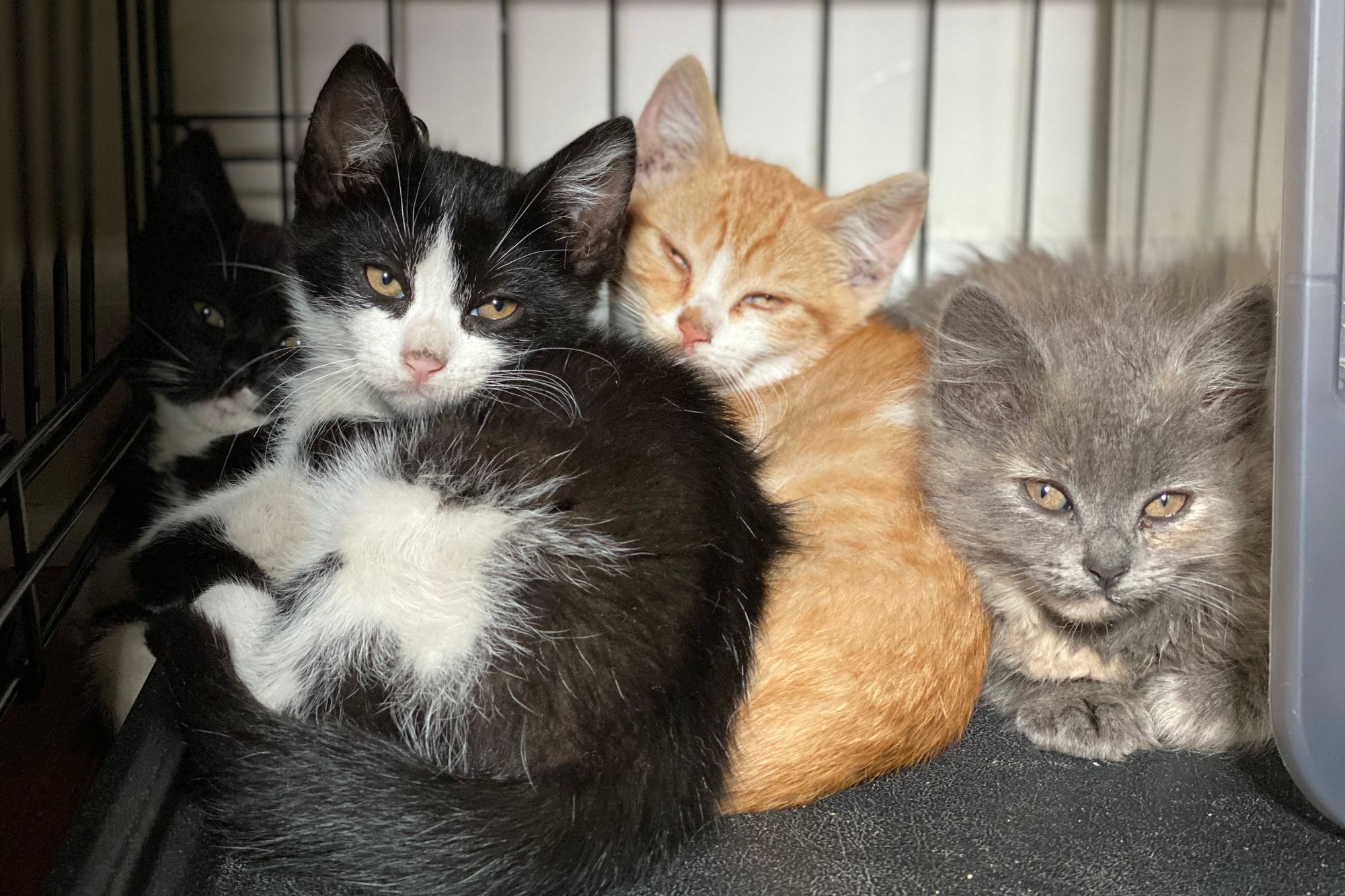
By Gabriel Sandoval, THE CITY. This article was originally published by THE CITY

When free spay-and-neuter surgeries ceased as the spring COVID wave peaked, cat advocates warned the city’s feline population would explode.
Now, they say, the months-long pause on surgeries at normally high-volume veterinary centers has led to exponential growth in the ranks of both feral and friendly felines on the streets of New York, unleashing a population prone to procreate.
“It was just a really hard decision for the clinics to make to shut down, and it certainly had an impact on the population of cats,” said Kathleen O’Malley of the Feral Cat Initiative, part of the animal-rescue nonprofit Bideawee. “We had more kittens born.”
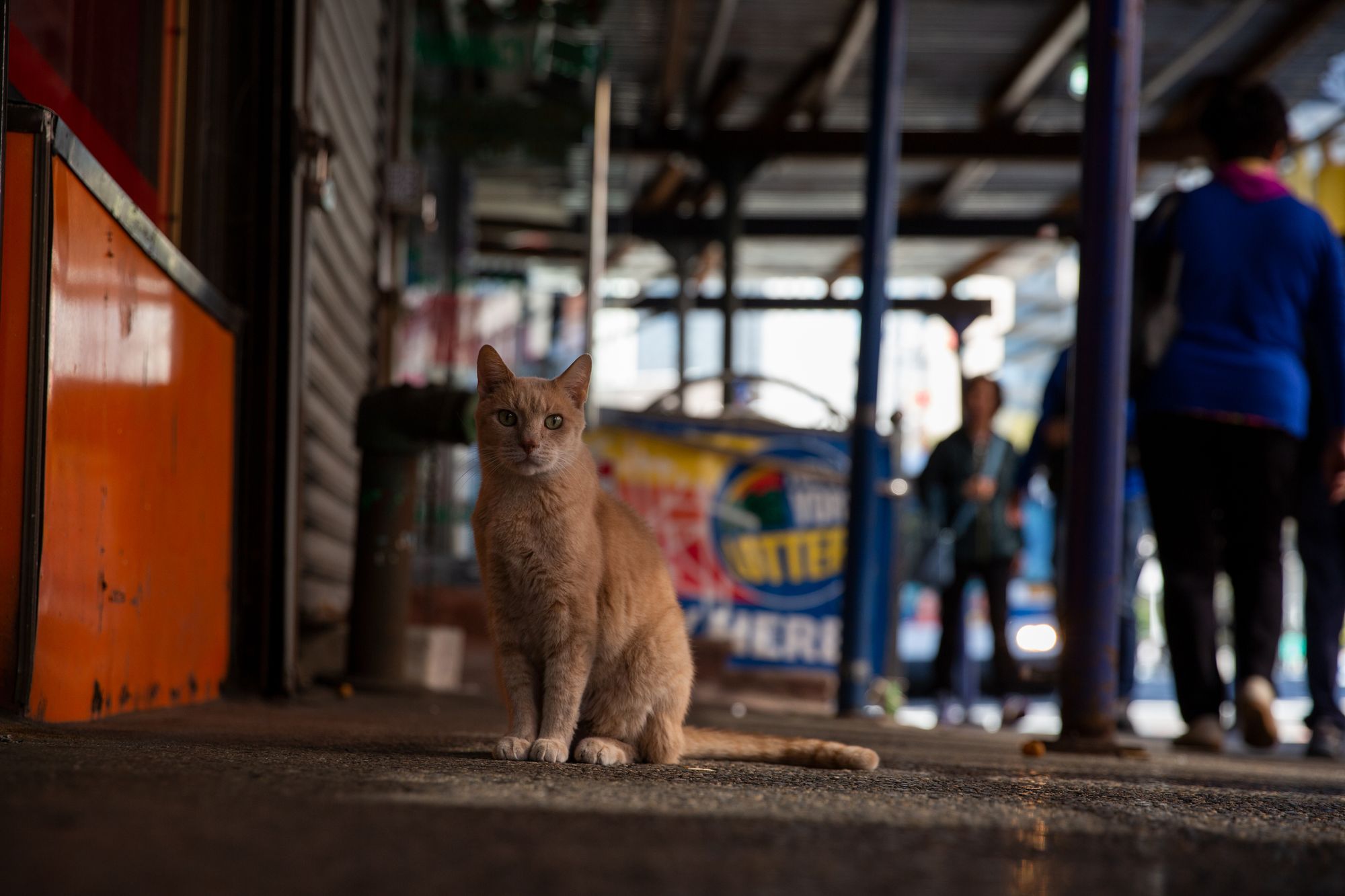
It didn’t help that the initial months of the pandemic coincided with “kitten season,” the mating period between late March and October for the city’s unfixed felines.
Further exacerbating the city’s kitty crisis: an untold number of domesticated animals abandoned by owners who left the city or could no longer afford to care for them.
These former pets are friendlier to animal rescuers than free-range, feral cats and may have already been fixed. But they remain cast onto the cold city streets as winter approaches.
“When people can no longer take care of them, they just let them loose,” said Esther Koslow, president of Shelter Reform Action Committee, a nonprofit group of animal advocates based in the city.
Numbers Unknown
The number of kittens born during the pandemic is hard to pin down, as was the number of outdoor cats in the city pre-pandemic, O’Malley said. Her organization estimated 300,000 cats lived outdoors pre-pandemic. Other groups put the figure at 500,000.
But those who work with cats say it’s almost certain that the numbers grew after the shutdown of surgeries.
Among those that halted procedures was the American Society for the Prevention of Cruelty to Animals, between late March and early June. In 2019, the Manhattan-headquartered ASPCA says, it spayed or neutered some 10,000 “community cats” — animals brought in from the streets by trap, neuter and return volunteers.
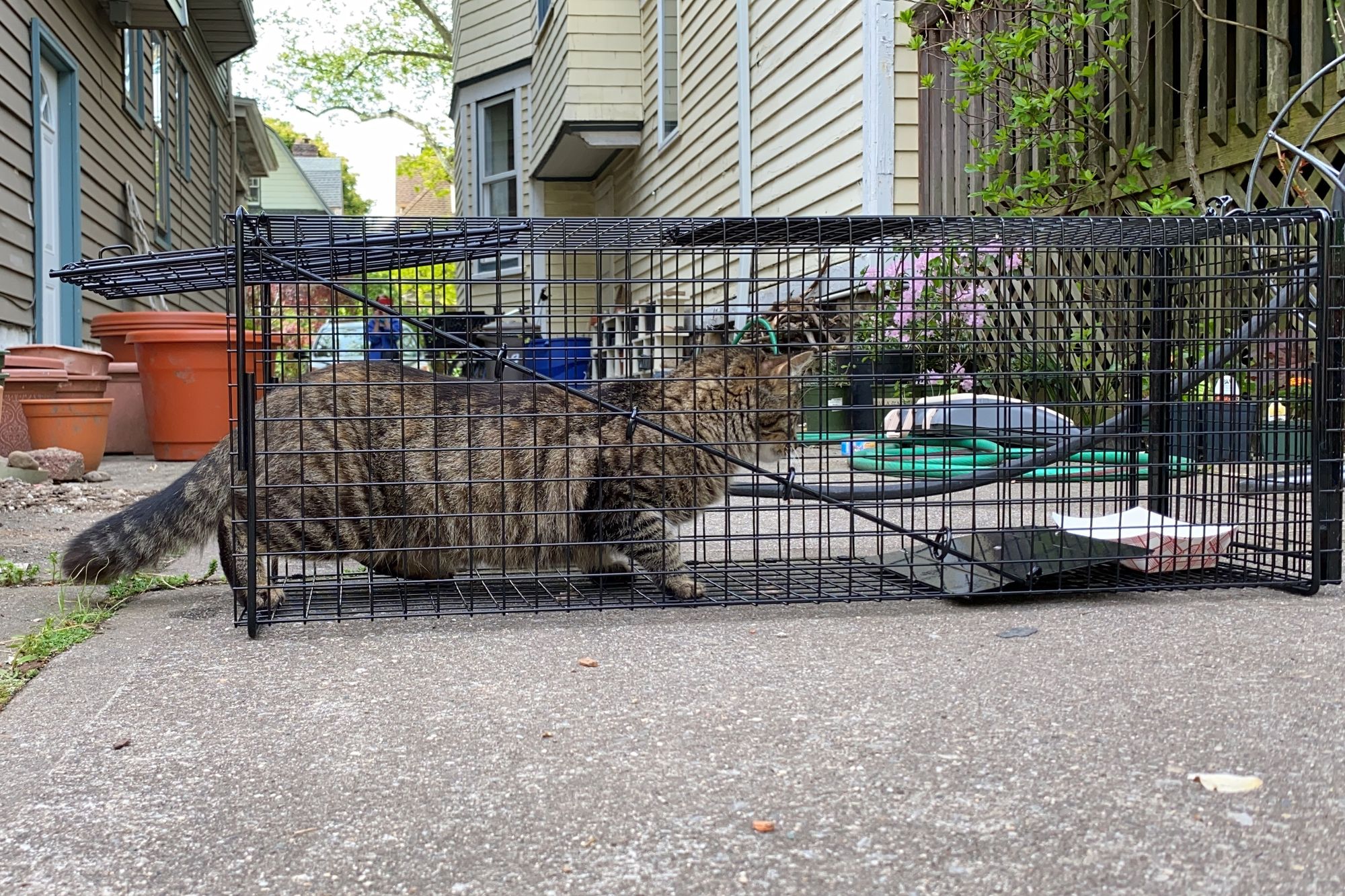
From there, the math multiplies exponentially: One unspayed female could have two to three litters per year, with an average of four kittens per litter. Each of her female kittens could become pregnant by the time they reach 4 months old.
Many of the felines don’t survive the harsh conditions of winter, O’Malley noted, so their population “fluctuates in a bell curve throughout the year.”
Will Zweigart, founder and executive director of a nonprofit called Flatbush Cats, said the full effect of what’s happening now won’t be clear until later.
“It’s incalculable what the actual impact is, but it will fall directly on the shoulders of independent rescuers,” said Zweigart, who has nearly a half million social media followers between his nonprofit’s YouTube and Instagram accounts.
Zweigart said the kitten boom inevitably means more suffering and death for cats.
“There’s a misconception that outdoor cats are just fine on their own,” he said, asserting their life expectancy dramatically decreases when they don’t get fixed.
He added that a direct line can be drawn from cats born on the streets to the overcrowding of shelters, to the leading cause of untimely deaths for cats in the U.S.: euthanasia, according to the Humane Society and other animal rights organizations.
“Nobody wants that,” he said. “That’s terrible.”
Paying for Procedures
The months-long closure of ASPCA’s mobile clinics and two surgery centers — one in Manhattan and another in Glendale, Queens — left many rescuers scrambling to find alternative low-cost options to spay or neuter felines.
The cats that they rescued through trap-neuter-return, or TNR — catching, fixing and then releasing the cats where they found them — ended up hitting the rescuers’ pocketbooks. A spay or neuter procedure for a single cat typically costs $100.
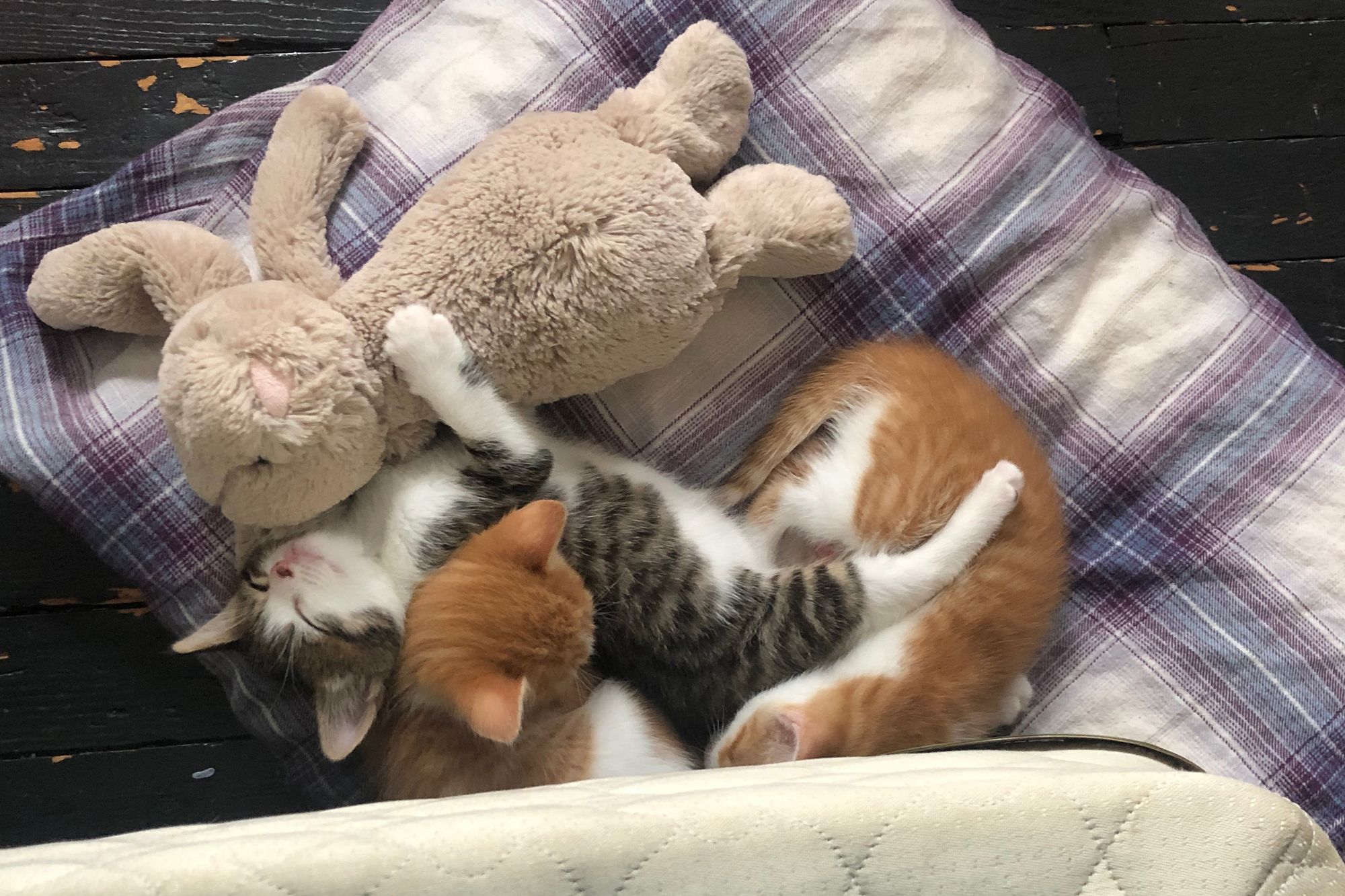
“Rescuers are spending thousands and thousands of dollars of their own money in order to get these cats fixed,” said Jonathan Soma of Sunset Park, who runs a small rescue nonprofit called Cat Republic.
He said that the majority of rescue operations are small like his. Some have been asking for donations to their Venmo accounts and fundraising through sites like GoFundMe to ease their financial burden from their volunteer work.
“It’s just a bunch of random people who happen to make this work,” said Soma, who along with a partner helped more than 100 cats through TNR this year.
Prior to the pandemic, Soma said, booking spay-and neuter appointments through ASPCA’s website was already tough because the demand far exceeded the supply.
Just as soon as slots would open, other rescuers would snatch them, he said.
“I actually wrote a computer program that would just continually hit their website in order to see if any spots opened up so that I could grab them whenever they showed up,” he said.
Zweigart equated scoring an appointment to buying a coveted Beyoncé concert ticket.
“Within 60 seconds, every single spot available for spay and neuter in the next two weeks is long gone,” Zweigart told THE CITY. “So although free services are available, it’s a little misleading. They’re not actually accessible — and that was pre-COVID.”
During the pandemic, some rescuers have attacked ASPCA in online forums for its decision to shut down, Soma said. But he and Zweigart both said that ASPCA doesn’t deserve the criticism.
“This is not about blaming any one organization,” Zweigart said. “This is about highlighting how we are just significantly underfunding a problem that could be solved if we attacked it proactively.”
In a statement, ASPCA said it didn’t provide free fixing services from late March to early June as a precautionary health measure and “to avoid contributing to shortages of lifesaving medical supplies.” It has since resumed services at limited capacity.
The ASPCA did not respond to questions from THE CITY about the current spay-and-neuter procedure volume or how it compares to pre-pandemic capacity.
In April, WNYC/Gothamist reported ASPCA saying that the nonprofit fixed a total of 35,000 cats in 2019. ASPCA told THE CITY that 10,000 spay or neuter surgeries were given to community cats last year, and the nonprofit “is on track to provide spay/neuter surgeries to more than 8,000 community cats in New York City this year.”
“We remain committed to prioritizing this population while ensuring the health and safety of our staff and clients,” ASPCA’s statement said.
“As we move forward, our operations during this time will prioritize the most at-risk feline populations — providing spay/neuter surgeries for community cats, and more recently, a limited number of both owned dogs and cats and unowned, rescued dogs and cats,” the statement continued, noting that ASPCA has implemented COVID-safe drop-off procedures for animals.
How to Help
Koslow of the Shelter Reform Action Committee said she’s struck by how many friendly, domesticated street cats she has encountered in the COVID era.
“People are losing their homes and losing their jobs.” she said. “They can’t pay for food for their family, much less a pet.”
Some of those dumped cats find their way to Animal Care Centers of NYC, a nonprofit organization that receives funding from the city and says that it never turns away animals brought to its facilities, from cats and dogs to bunnies and guinea pigs.
ACC has accepted more than 6,000 cats since March 1, placing more than 90% of them in homes, according to ACC spokesperson Katy Hansen.
“The biggest change we have made is that we need people to schedule appointments for any surrenders,” Hansen said. “The layout of our facilities, which are over 30 years old, does not lend itself to social distancing so we need to handle incoming animals in an orderly manner.”
More than 600 New Yorkers have reached out to ACC seeking advice on what to do about community cats living in their neighborhoods, “resulting in the prevention of 794 potential cat surrenders,” Hansen said.
“With more people home, more people have been feeding community cats and seeing them in their yards whereas they may not have seen them when they were rarely at home,” Hansen said.
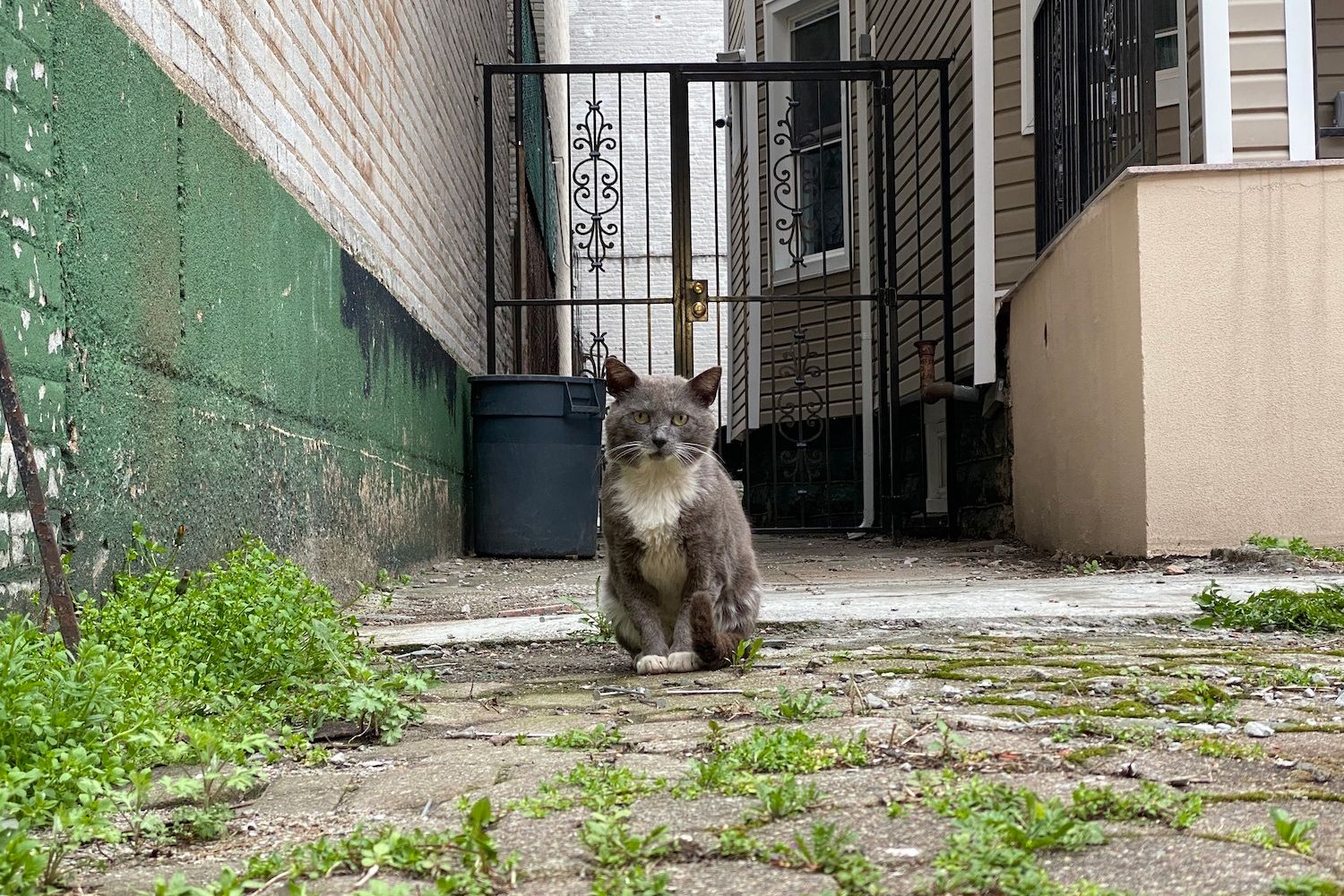
Zweigart said the community cat problem will persist if more isn’t done. People can lend a hand by adopting from a local rescue group, fostering kittens or becoming TNR certified to help tame their community’s free-roaming cat population, he said.
“We cannot adopt our way out of this problem,” he said. “That’s a Band-Aid at best.”
THE CITY is an independent, nonprofit news outlet dedicated to hard-hitting reporting that serves the people of New York.




